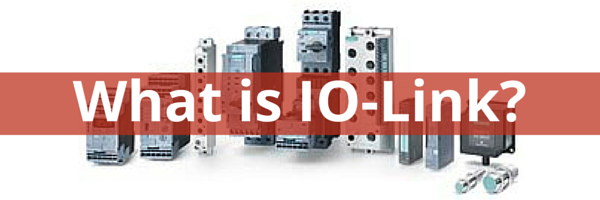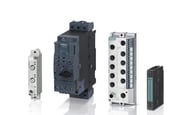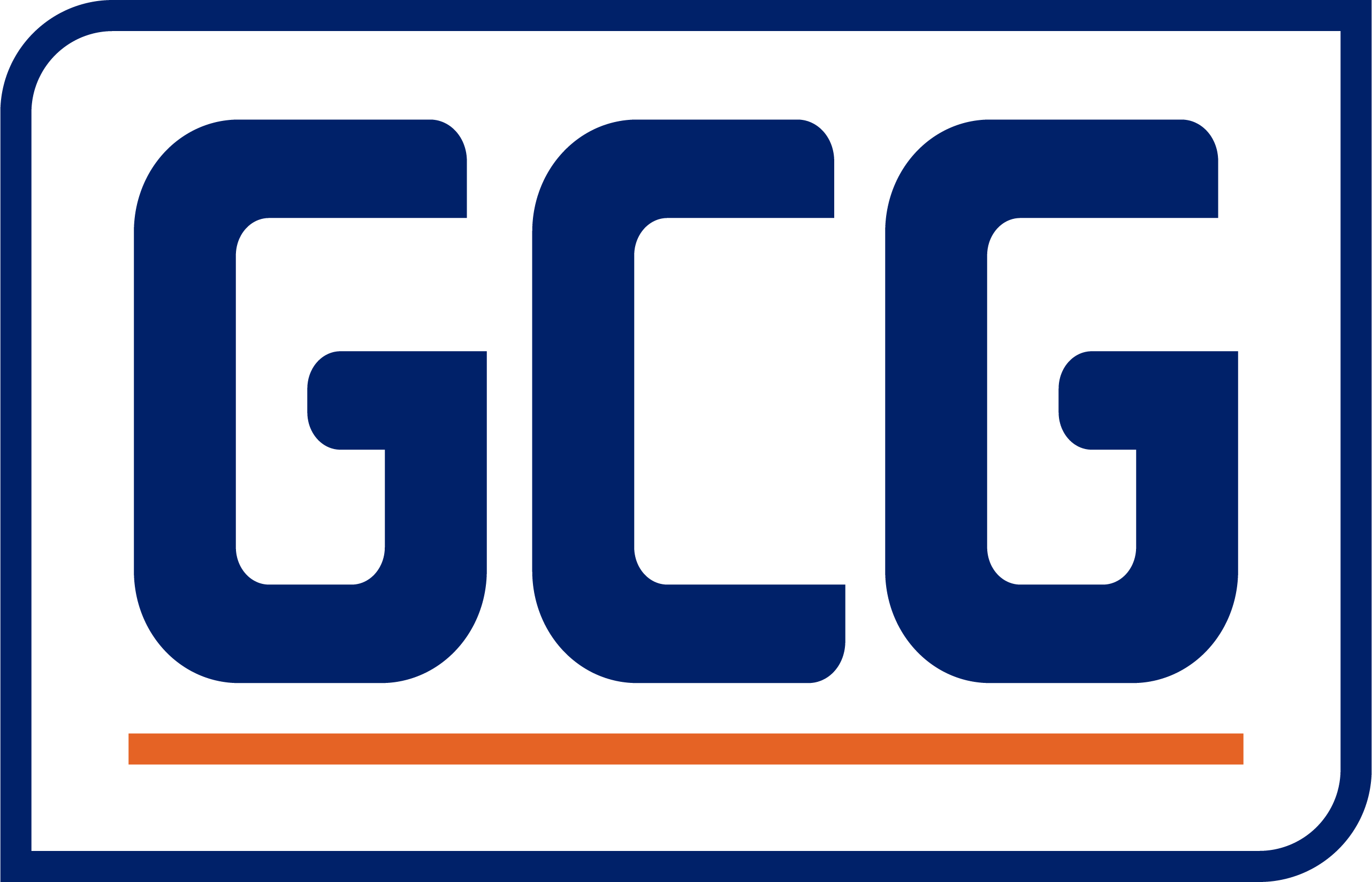 More than just another interface, IO-Link is the smart concept for standardized linking of switching devices and sensors to the control level by means of an economical point-to-point connection. The IO-Link communication standard at the fieldbus level enables centralized fault diagnostics and, because parameter data can be modified dynamically direct from the application, the devices can be adjusted to the prevailing production requirements during operation.
More than just another interface, IO-Link is the smart concept for standardized linking of switching devices and sensors to the control level by means of an economical point-to-point connection. The IO-Link communication standard at the fieldbus level enables centralized fault diagnostics and, because parameter data can be modified dynamically direct from the application, the devices can be adjusted to the prevailing production requirements during operation.
Standard Requirements
The requirements for integrated communication are increasing while sensors and actuators are becoming more and more intelligent. This is where the IO-Link solution excels, with data transparency from the field level to the highest automation level, and with an ever increasing number of IO-Link-enabled products available. As an open interface, IO-Link can be integrated into all common fieldbus and automation systems. With data access down to the lowest field level, plant availability is increased and engineering overhead is reduced. Consistent interoperability ensures maximum protection of investment, especially in the context of existing machine concepts where the continued use of sensors without an IO-Link interface can be supported.
The communication standard was developed by the IO-Link Consortium – a group of leading providers of automation products that have come together to support the new concept in all areas of control, sensor, and actuator technology.
What are the benefits of IO-Link?
It is an open standard according to IEC 61131-9
Software Tool-supported parameter assignment and data management
Standardized wiring and a significantly reduced variety of interfaces for  sensors/actuators
sensors/actuators
Consistent communication between sensors/actuators and the controller
Consistent diagnostic information down to the sensor/actuator level
Dynamic change of sensor/actuator parameters by the controller or the operator on the HMI
Automatic parameter reassignment for device replacement during operation
Integrated device identification
Contact your ACD sales representative for more information on IO-Link and IO-Link products.

